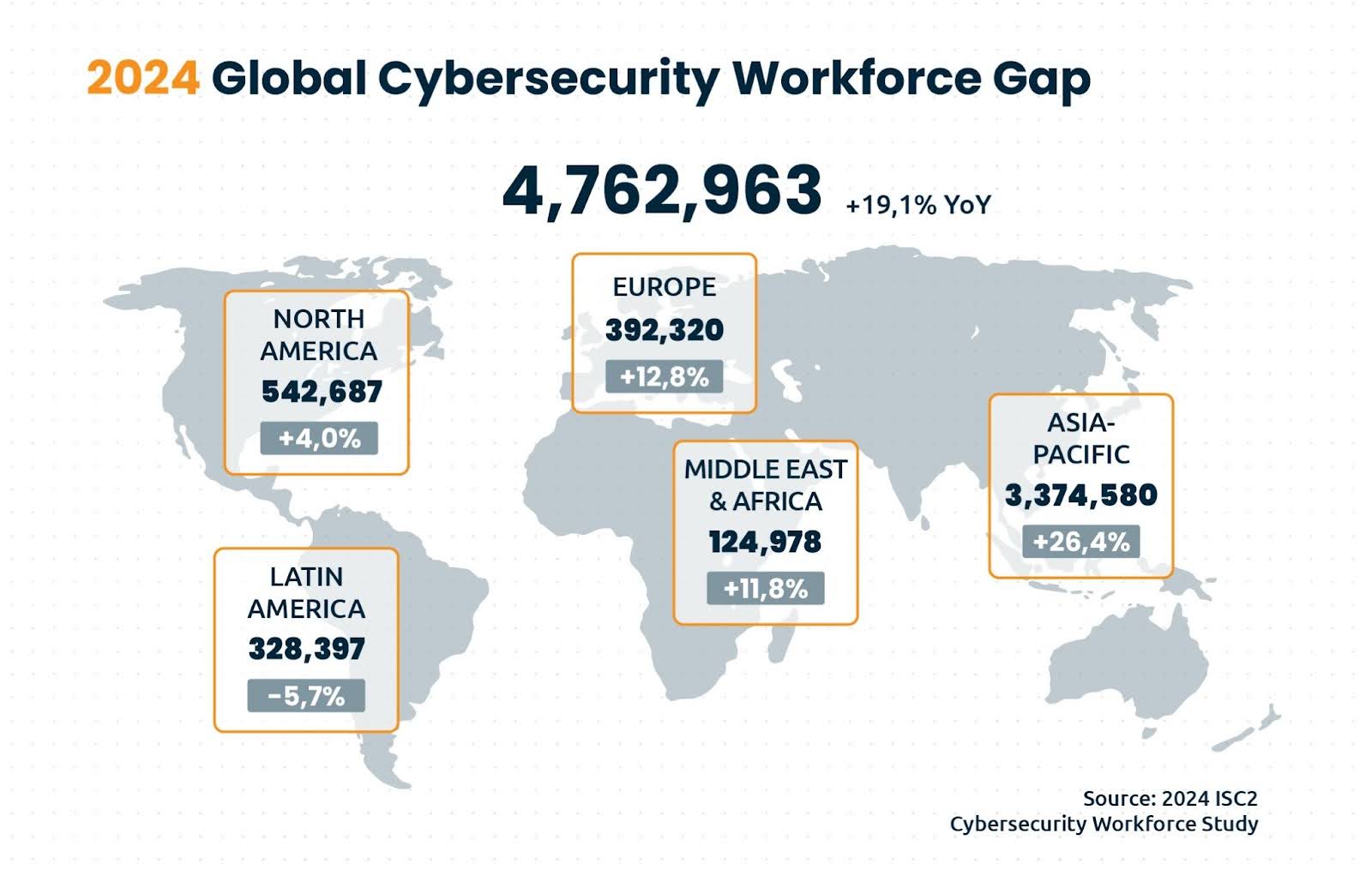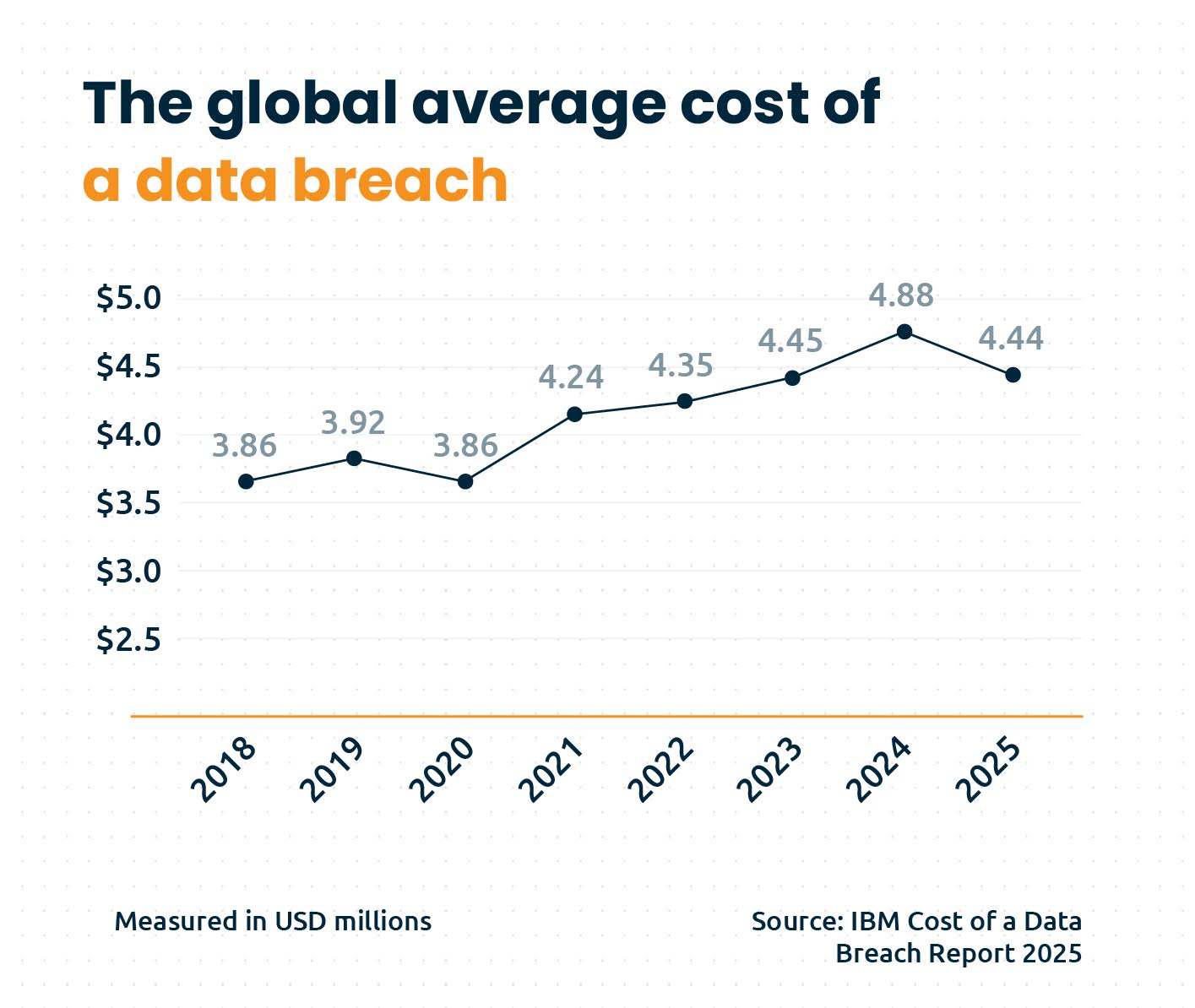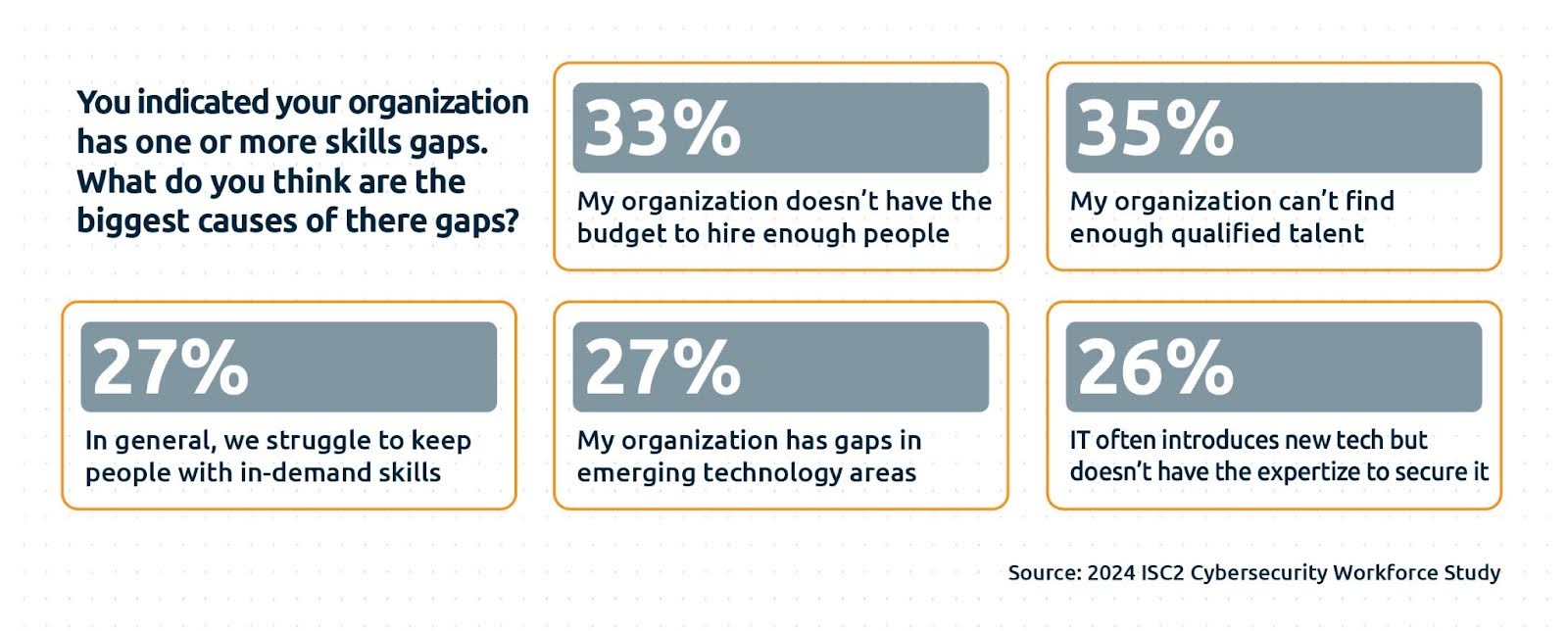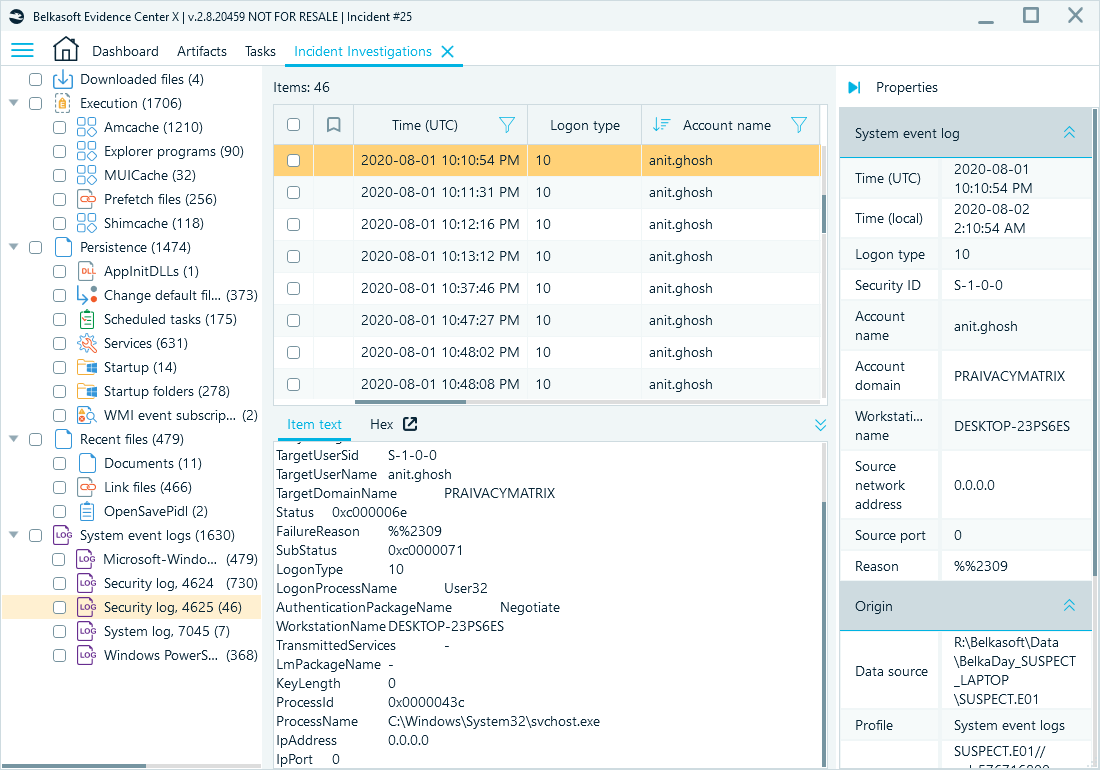Empowering Non-Forensic Experts with Intuitive Tools to Bridge the DFIR Talent Gap
The field of digital forensics and incident response (DFIR) faces two critical problems at once: cyber attacks are becoming more complex, while the global shortage of DFIR professionals has reached a critical point. The 2024 (ISC)² Cybersecurity Workforce Study identified a global workforce gap of 4 million professionals in total. Since DFIR is a highly specialized area in cybersecurity, simply throwing money at the problem to hire more DFIR professionals may not be feasible due to the high demand and limited talent pool.

In absolute terms, the global cybersecurity workforce shortage is expected to reach five million people
In this article, we will discuss:
- The core problem: A growing skills gap
- The right tools to make digital forensics easier
- How Belkasoft helps bridge the talent gap
- The payoff: How good forensics helps your business
- Automated DFIR solution to improve your security posture
Further on, we will discuss why more IT teams need digital forensics skills and how corporate investigation software can help cover this gap.
The core problem: A growing skills gap
Cyber threats are growing due to the quick evolution of cyberattacks and more common risks from insiders, resulting in a rising cost of data breaches.

While due to the surge of AI technologies, the average cost of a breach has bounced back to 2023 figures, its cost is still measured in USD millions
Digital forensics is essential for any organization seeking to manage the full lifecycle of a cyber incident. Experts in this field reconstruct events to identify the root cause, trace an attacker's lateral movement across the network, and determine the full scope of affected resources like leaked data and compromised systems. The process of collecting and analyzing evidence is critical not only for recovery but also for providing the immutable proof required for legal action and regulatory compliance.
Many companies face a difficult situation: their security teams are already busy and often overwhelmed with daily work. It is unrealistic to expect that in the case of a cyber incident, these teams suddenly become digital forensics experts proficient in complex command-line tools. Information security professionals require specialized training, time, and—most importantly—the right tools for corporate investigations.

The top causes of skills gaps include a lack of qualified talent, limited hiring budgets, and the retention of in-demand skills
Large companies struggle to hire forensic specialists, and smaller businesses often cannot afford them at all. Staff shortages lead to delays and create more risks, making it more likely that digital evidence will be mishandled.
An effective approach to tackle this problem is to expand the cyber incident response duties of your IT and security personnel without significantly increasing your headcount. Providing your teams with the right tools and fostering a forensic readiness mindset can help build more resilient and self-sufficient security operations.
The right tools to make digital forensics easier
Thanks to modern enterprise investigation software, forensic tasks have become more accessible to IT and security teams, which allows specialists to act as first responders during a cyber incident.
The key software features that make this possible include:
- A simple interface: Most free digital forensic tools are efficient, but often complex and made for a single specific task. A comprehensive and intuitive tool with guided steps allows staff to get started on an investigation quickly, without months of training.
- Support for multiple data sources: Enterprise investigations often require pulling data from computers, mobile devices, cloud services, and active memory (RAM). A single tool that handles all of these data sources simplifies the process.
- Clear visuals and reports: Without proper presentation, the amount of data can be hard to analyze and interpret. Tools that use timelines and connection graphs make it easy to understand what happened and share the findings with management or legal teams.
- Automation: Most forensic tasks are repetitive, and the tools are single-purpose. Streamlining these tasks, such as automatically collecting data, locating and categorizing important artifacts, will save a huge amount of time and reduce the need for manual effort.
- Targeted collection: Instead of copying entire hard drives, these tools can collect only the relevant data, which makes internal investigations much faster.

The benefits for businesses are clear: they can investigate and respond to incidents faster, rely less on costly outsourced experts, and improve their ability to solve problems internally.
How Belkasoft helps bridge the talent gap
Belkasoft designed its all-in-one forensic tool, Belkasoft X, to address the DFIR talent shortage. It is comprehensive enough for seasoned experts yet simple enough for IT and security teams to use effectively.
Belkasoft X provides the essential features needed to build your in-house DFIR function:
- Easy to learn and use: Belkasoft X has a carefully thought-out and convenient design, with guided tours and tutorials to get users started quickly.
- Complete data handling: The tool supports over 1500 artifact types from computers, mobile devices, cloud services, and RAM.
- AI-powered analysis: The built-in BelkaGPT assistant helps users find relevant textual data and media files, saving hours of manual sifting.
- Efficient and targeted collection: Belkasoft Remote Acquisition, a component of Belkasoft's corporate investigation suite, allows your team to acquire data from remote endpoints and collect only specific data types without disrupting business operations.
- Extensive training base: Regularly updated with new courses, Belkasoft DFIR training center can help your assigned DFIR specialists learn and practice new skills and approaches to up their game in forensic tasks.

Belkasoft X provides a detailed view of incident response–specific artifacts to help you quickly detect indicators of compromise, persistence mechanisms, lateral movement, and malware activity
Real-world case studies demonstrate the effectiveness of Belkasoft X in tackling complex investigations in both corporate and law enforcement settings.
The payoff: How good forensics helps your business
Building an in-house incident investigation capability provides valuable information that strengthens your entire security program. By analyzing data from incidents, as recommended by NIST guidelines, you can:
- Improve your security strategy: Identify the specific tactics and techniques attackers are using against you and focus your security budget where it is most needed.
- Provide clear answers to leadership: During a crisis, provide executives with evidence-based information they need to make informed legal and public relations decisions.
- Support key business operations: Use forensic findings to assist with due diligence, improve insider threat programs, and provide clear evidence for cyber insurance claims.
Ultimately, your DFIR specialists can serve as an intelligence unit for the security operations team. Instead of viewing them as merely an emergency crew, consider them a powerful partner that helps leaders make strategic decisions to protect the company. When incidents inevitably occur, your internal teams will be prepared to confidently handle the critical first steps—a state known as forensic readiness.
Automated DFIR solution to improve your security posture
The global DFIR talent shortage is an urgent challenge, especially for businesses that cannot afford large, dedicated forensic teams. However, it is not insurmountable. Organizations can effectively bridge the gap by embracing user-friendly, automated digital forensics solutions that empower their existing IT and security teams to become capable first responders to digital incidents.
Do not let the talent shortage leave your business vulnerable. Explore how Belkasoft X's intuitive interface, powerful automation, and AI-driven capabilities can strengthen your security and empower your teams to combat today's and tomorrow's digital threats. Your journey toward a more secure and self-sufficient future begins today.

